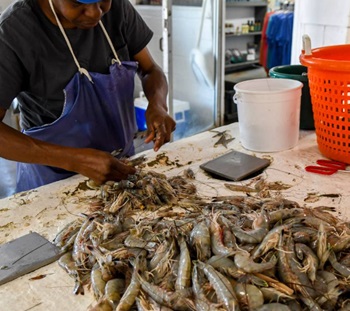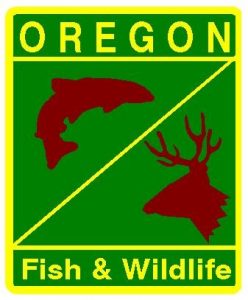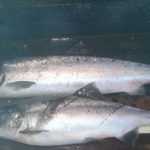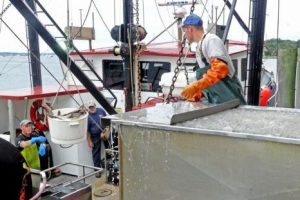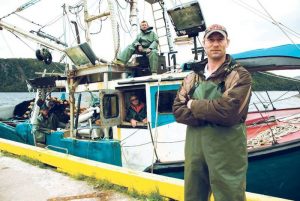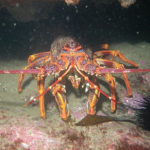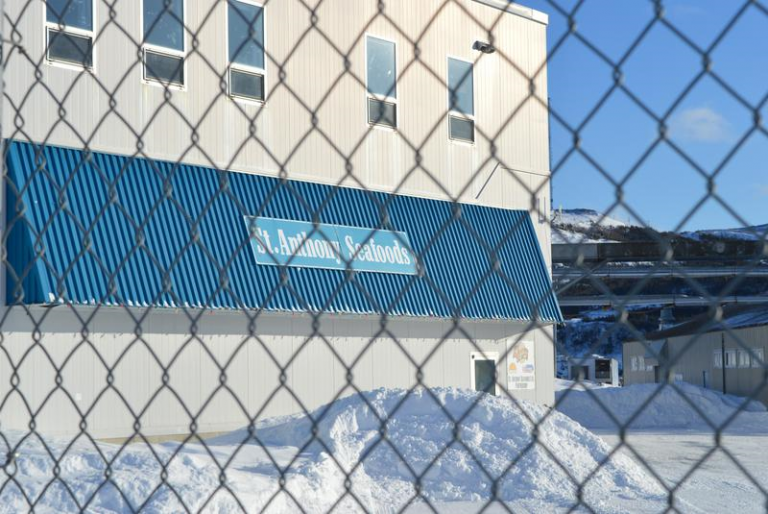Daily Archives: June 8, 2024
Rare 7-foot fish washed ashore on Oregon’s coast garners worldwide attention
 A massive, rare fish thought to only live in temperate waters in the southern hemisphere has washed up on Oregon’s northern coast, drawing crowds of curious onlookers intrigued by the unusual sight. The 7.3-foot (2.2 meter) hoodwinker sunfish first appeared on the beach in Gearhart on Monday, the Seaside Aquarium said in a media release. It was still on the beach on Friday and may remain there for weeks, the aquarium said, as it is difficult for scavengers to puncture its tough skin. Photos provided by the aquarium showed a flat, round, gray fish lying on its side in the sand. Photos of a person kneeling next to it, and another of a pickup truck parked next to it, gave a sense of its large scale and size. more, >>CLICK TO READ<< 20:32
A massive, rare fish thought to only live in temperate waters in the southern hemisphere has washed up on Oregon’s northern coast, drawing crowds of curious onlookers intrigued by the unusual sight. The 7.3-foot (2.2 meter) hoodwinker sunfish first appeared on the beach in Gearhart on Monday, the Seaside Aquarium said in a media release. It was still on the beach on Friday and may remain there for weeks, the aquarium said, as it is difficult for scavengers to puncture its tough skin. Photos provided by the aquarium showed a flat, round, gray fish lying on its side in the sand. Photos of a person kneeling next to it, and another of a pickup truck parked next to it, gave a sense of its large scale and size. more, >>CLICK TO READ<< 20:32
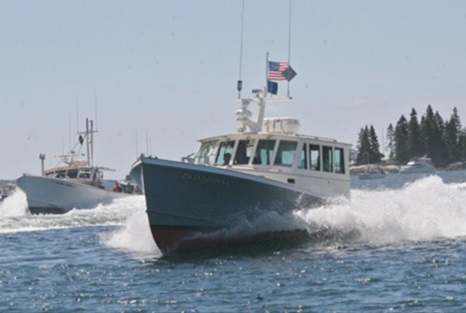
Speed on the water!: The Charlie Begin Memorial Lobster Boat Races
The official start to Maine’s lobster boat racing season happens every year in Boothbay Harbor over Father’s Day weekend. This year, that date is Saturday, June 15. In 2005, the race event became the Charlie Begin Memorial Lobster Boat Races, in honor of the beloved native lobsterman and racing participant. These races have been thrilling lobstermen, their passengers and spectators since the official start in 1964. Over the past 10 years or so, 35-45 boats have participated from all over the coast. Race categories include gas classes based on length and cubic inches, diesel classes based on horsepower and length, a wooden boat race, gas and diesel free-for-alls, and four races just for Boothbay Region boats, including Fastest Working Lobster Boat. Photos, more, >>CLICK TO READ<< 15:41
FF&WC assessing spiny lobster’s role in protecting state’s coral reef
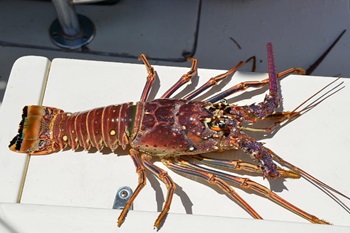 The Florida Fish and Wildlife Commission acknowledged Friday they are researching if the eating habits of the spiny lobster can help preserve the state’s fragile coral reef ecosystem. “We are looking into whether spiny lobsters, especially the spotted spiny lobster, because it feeds directly on the reef, while the Caribbean spiny lobster, feeds mostly off of the reef in the surrounding seagrass and hardbottom habitats, can be used as a form of biocontrol of the invertebrates like fireworms and corallivorous snails that eat coral,” more, >>CLICK TO READ<< 13:22
The Florida Fish and Wildlife Commission acknowledged Friday they are researching if the eating habits of the spiny lobster can help preserve the state’s fragile coral reef ecosystem. “We are looking into whether spiny lobsters, especially the spotted spiny lobster, because it feeds directly on the reef, while the Caribbean spiny lobster, feeds mostly off of the reef in the surrounding seagrass and hardbottom habitats, can be used as a form of biocontrol of the invertebrates like fireworms and corallivorous snails that eat coral,” more, >>CLICK TO READ<< 13:22
The 10 Best Deadliest Catch Boats Ranked
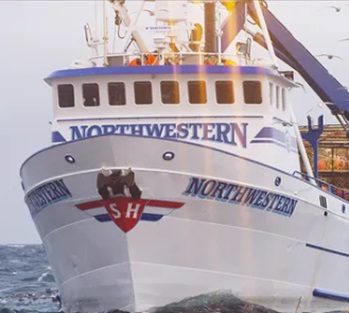 Deadliest Catch showcases real, massive crab fishing vessels battling the freezing Bering Sea, adding nostalgia and drama to the series. Fishing vessels like F/V Southern Wind, F/V Aleutian Lady, and F/V Seabrooke bring unique stories and personalities to the show’s lineup. Captained by industry veterans like Sig Hansen and Keith Colburn, boats like Northwestern and Wizard are iconic symbols of the series. My favorite is #10 on the list, while F/V Northwestern is the quintessential Deadliest Catch fishing boat. It’s appeared in every season of the show and its captain, Sig Hansen, is the unofficial main character of the series. Lots of Photos, more, >>CLICK TO READ<< 10:11
Deadliest Catch showcases real, massive crab fishing vessels battling the freezing Bering Sea, adding nostalgia and drama to the series. Fishing vessels like F/V Southern Wind, F/V Aleutian Lady, and F/V Seabrooke bring unique stories and personalities to the show’s lineup. Captained by industry veterans like Sig Hansen and Keith Colburn, boats like Northwestern and Wizard are iconic symbols of the series. My favorite is #10 on the list, while F/V Northwestern is the quintessential Deadliest Catch fishing boat. It’s appeared in every season of the show and its captain, Sig Hansen, is the unofficial main character of the series. Lots of Photos, more, >>CLICK TO READ<< 10:11






